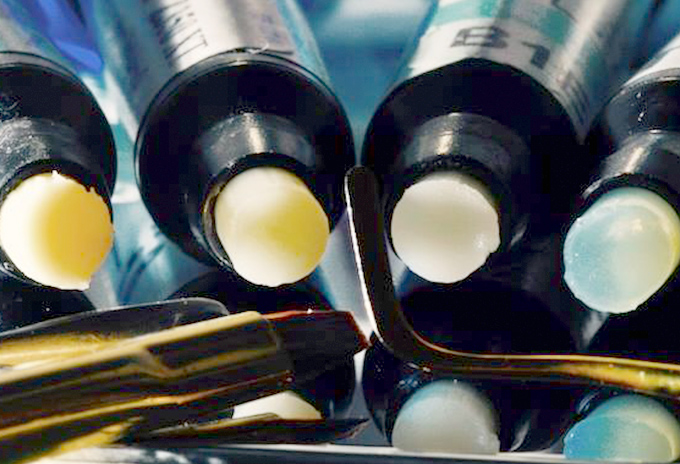Tips for composite resin’s perfect polishing

It seems like a simple step in the restorative process, but only it can guarantee the durability and predictability of the work, either before or after. Composite resin polishing can undoubtedly be one of the most important restoration steps.
Polishing ensures a reduction in plaque buildup, decreases early spot formation and improves compatibility with periodontal tissues. In this article, I will share tips to ensure a perfect result at this all-important step in restoration. Below are 6 surefire tips for perfect polishing:
- Work with rubbers up to a maximum of 12,000 RPM
Using the electric motor or bench motor is the safest and most essential mechanism for ensuring speed control. The bench engine is a great choice as it makes the procedure more predictable and assists in many other days to day procedures.
- Do not over press the rubber, as the polishing does not depend on force
The pressure will lead to resin heating, and this may interfere with the final quality and polishing maintenance. In addition, rubbers are manufactured to release abrasives without the use of force. So, your polishing is guaranteed without putting pressure on the restoration!
What makes the polish is the friction of the abrasive particles on the surface of the material and not the pressure of the rubber on the surface.
- Polishing should be done with moisture
When done without water the rubber overheats, damaging the result of its restoration. Therefore, cooling is essential. In this step, there are two options:
- If you work with a helper, you use the eraser and it maintains irrigation with the triple syringe.
- If you work alone, have a damp gauze to pass between the rubbers and ensure the resin's moisture in the restored tooth.
During polishing, the polish particles may detach from the surface of the material. Therefore, it prevents the lower granulation polisher from acting on the free surface of the larger granules.
- For a good polish, allow at least 40 seconds for each face of the restored tooth.
The surface smoothness will prevent plaque buildup on the restoration. Therefore, when not performed correctly, the composite resin becomes porous and, consequently, leads to the early formation of stains in the restoration. So, spend a lot of time on this step, it will make sure you don't have to redo it earlier than expected.
- Use soft or non-abrasive felt brush with paste
The abrasive is already impregnated in the rubbers, so you don't have to make any effort on the resin to get the polish. Using a soft brush with a specific paste will give the final shine to the composite resin at the end of the restorative process.
- Look for reliable trademark polishers and let you know where
Some materials may promise what they cannot keep. Even if price is not synonymous with quality, invest in established trademarks for more predictability in your procedures. There are brands with one-step and multi-step polishers, so choose the one that fits your everyday life and make an investment in good materials.
Following these essential tips, you will see how your work will be most effective and durable. Of course, all procedures prior to this step should be followed correctly, such as isolation, cavity preparation, acid etching, adhesive and photoactivation to ensure successful treatment.
Source: Blog Dental Cremer. Available at: https://blog.dentalcremer.com.br/6-dicas-para-polimento-perfeito-em-resina-composta/. Access on: 08/10/2020.
